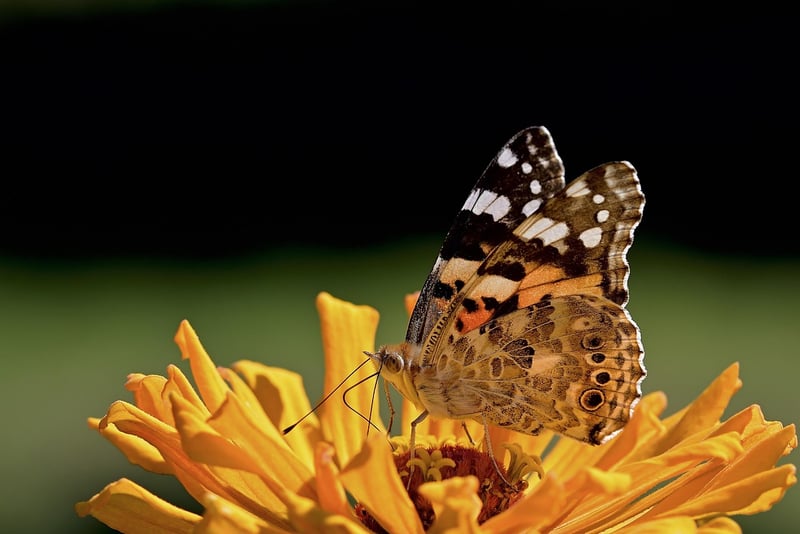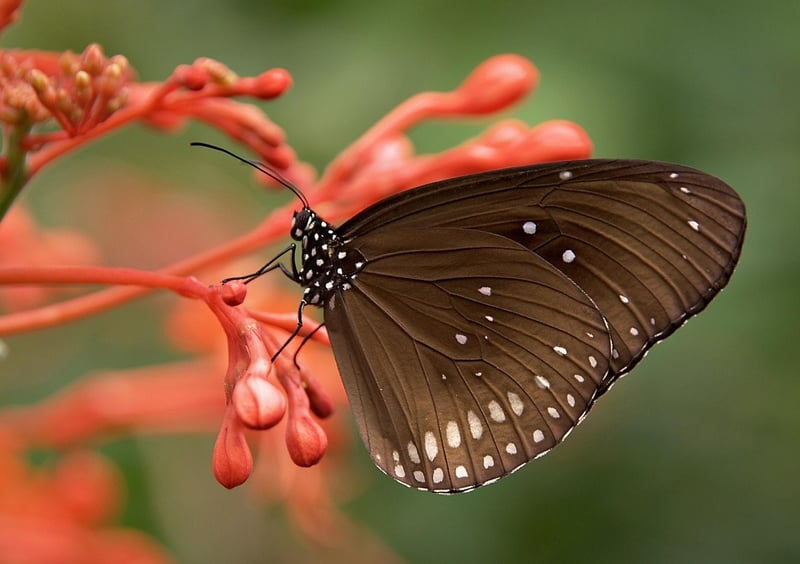Butterfly Gardens
Attracting Wildlife to Cities with Butterfly Gardens

Urban areas are often thought of as concrete jungles devoid of nature. However, with a little effort, it's possible to attract wildlife, such as butterflies, to cities. One effective way to do this is by creating butterfly gardens in urban spaces.
Why Butterfly Gardens?
Butterflies are not only beautiful creatures but also essential pollinators. By providing a habitat for butterflies in cities, we can help support local ecosystems and increase biodiversity. Butterfly gardens are relatively easy to maintain and can be created in various urban settings, including parks, rooftops, balconies, and even schoolyards.
How to Create a Butterfly Garden
- Choose Native Plants: Select plants that are native to your region as they are best suited to support local butterfly species.
- Provide Food and Shelter: Include a variety of nectar-rich flowers for adult butterflies and host plants for caterpillars to feed on.
- Offer Water Sources: Butterflies need water, so consider adding a shallow dish with wet sand or rocks for them to drink from.
- Avoid Pesticides: Opt for natural pest control methods to protect both butterflies and their caterpillars.
Benefits of Butterfly Gardens
Creating butterfly gardens in cities offers numerous benefits:
- Supporting local ecosystems and pollinators
- Increasing urban biodiversity
- Adding beauty and color to urban landscapes
- Providing educational opportunities for schools and communities
Get Involved
Whether you're an individual, a community group, or a local government, you can contribute to attracting wildlife to cities by creating butterfly gardens. Start small in your backyard or collaborate on larger projects in public spaces to make a positive impact on urban wildlife.
Let's work together to transform our cities into vibrant havens for butterflies and other wildlife!
For more inspiration and information on creating butterfly gardens, visit National Wildlife Federation's Butterfly Gardening Guide.
